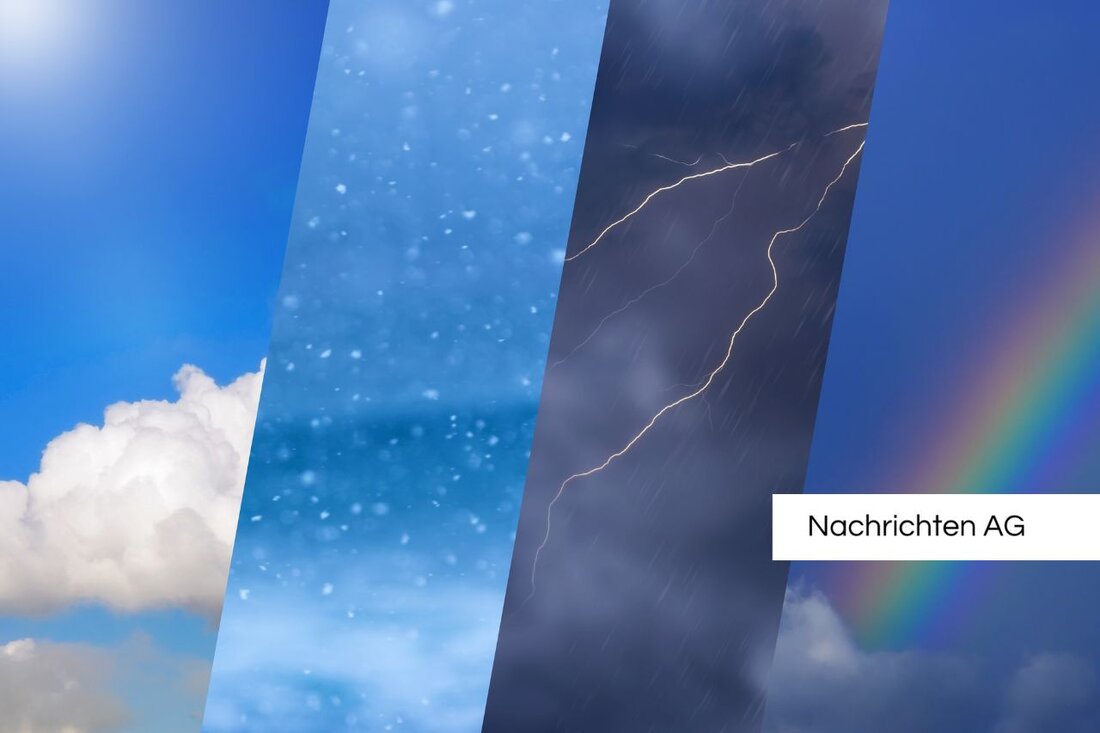Air quality in Leipzig today: Fine dust levels are alarming!
Current air quality values in Leipzig on October 20th, 2025: Measurements of fine dust, ozone and recommendations for highly sensitive people.

Air quality in Leipzig today: Fine dust levels are alarming!
Today, on October 20, 2025, the measuring station in Leipzig-Mitte is analyzing the air quality, in particular fine dust particles (PM10) being recorded per cubic meter of air. These measurements are crucial for assessing air pollution and protecting the population. Loud LVZ The limit value for PM10 is defined as 50 micrograms per cubic meter of air. This value may not be exceeded more than 35 times per year. Air quality is assessed based on three main metrics: particulate matter, ozone and nitrogen dioxide.
The criteria for assessing air quality are clearly defined: values above 100 μg/m³ for fine dust or 240 μg/m³ for ozone are considered “very poor”, while values between 51-100 μg/m³ and 181-240 μg/m³ are classified as “poor”. “Moderate” air quality is confirmed by fine dust levels between 35-50 μg/m³ or ozone between 121-180 μg/m³. These measurements are carried out as hourly average values for nitrogen dioxide and ozone and as an hourly moving daily average for fine dust.
Current measurements and recommendations
The latest air quality measurement data is updated regularly. The location of the measuring station is Willy-Brandt-Platz / Am Hallischen Tor, and the public values include both PM10 machines and PM10 collection systems. The PM10 machines provide daily updated data, while the collection systems provide higher quality data, but with a time delay due to laboratory analysis, as by Environment Saxony is emphasized.
In the EU, high levels of particulate matter cause significant health problems, resulting in an estimated 240,000 premature deaths due to particulate matter. When air quality is poor, it is recommended that sensitive people avoid physical exertion outdoors. If the air quality is “poor,” even less sensitive people should avoid strenuous activities outdoors, while if the air quality is “moderate,” short-term health effects are unlikely.
Influence of weather and seasonal factors
Another important aspect is the influence of weather conditions on air quality. For example, inversion weather conditions can lead to hours of fine dust pollution in urban areas, which leads to a recommendation to stay indoors. New Year's Eve fireworks are also a temporary factor for fine dust pollution, but this is not classified as serious compared to annual year-round pollution. Wind can quickly blow away debris, improving air quality.
The health aspect is particularly important in this context; low air quality can have long-term effects, while “good” air conditions provide optimal conditions for outdoor activities. Constant monitoring and analysis of these values is therefore crucial for protecting the population and promoting a healthy environment in Leipzig.

 Suche
Suche
 Mein Konto
Mein Konto
